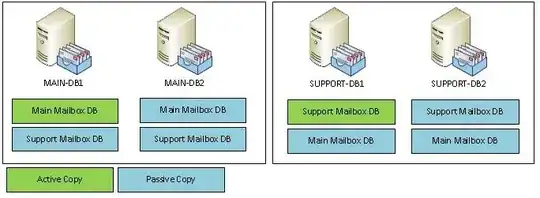What would be best topology considering that:
- 6 x Exchange 2010 Standard Licenses
- 2 x Separate locations that are supposed to support redundancy in case of link problems
- 4 x Forefront TMG 2010 with Forefront Security and Forefront Protection/Security
Multiple locations worldwide using those Exchange. Most locations will be connected with VPN Tunnel (the ones hosting Exchange for sure).
I was thinking something like this:
Location MAIN (about 70-100 people):
- 2x TMG 2010 in NLB
- 1x Exchange 2010 CAS/HUB Role
- 2x Exchange 2010 Mailbox Role (Active + Passive)
Location SUPPORT (about 20 people):
- 2x TMG 2010 in NLB
- 1x Exchange 2010 CAS/HUB Role
- 2x Exchange 2010 Mailbox Role (Active + Passive)
Management wants to make sure that in case of problems in main location (power failure, link loss etc) second location can support all traffic from around the world and vice-versa. We have 6-7 locations and more comming up (not big ones but like 10+ people per each location).
I do know that CAS/HUB is single point of failure (and no NLB), but i simply lack more licenses to do some redundancy on that.
What do you think about this approach? What would be better approach according to you?
